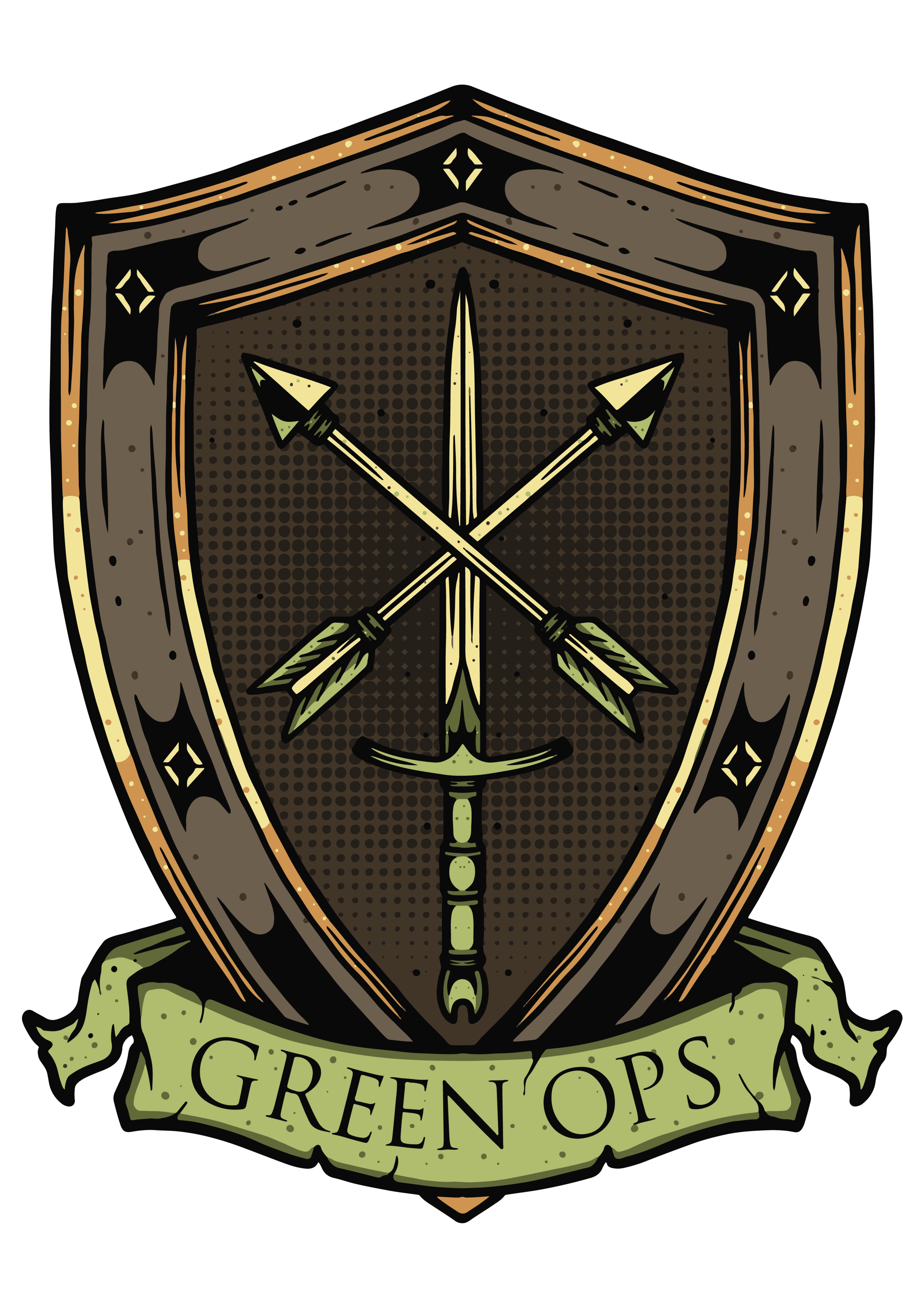AAR at Reddit.com (Green Ops Defense Carbine I )
Originally posted at Reddit.com
I just got back from Green Ops Tactical’s Defensive Carbine I course. Here’s a positive review, and some recommendations for getting the most out of it. I won’t mention the course curriculum much because the course description is pretty accurate. Name checking u/GreenOpsActual for awareness of this positive feedback.
The four instructors were excellent, each with a different mix of military/special ops, law enforcement, competition, and long range shooting backgrounds. I’m not sure how Green Ops makes much money from having such a low student to instructor ratio (~5:1) but it ensured a good amount of attention to individual needs. They really seemed to care about conveying near-, mid-, and far-term goals for getting good (e.g., target times for cadence drills) as well as lots of details of dry fire methods to continue learning at home. They weren’t really pushing their own products and training and in fact recommended a bunch of other stuff that doesn’t make Green Ops any money, but I feel that most students came away wanting to train with them some more.
I haven’t taken commercial courses before but have attended a few short military trainings as a civilian. Basic stuff like weapons maintenance and operation in live fire, dime and washer drills, room clearing with dummy guns, marksmanship qualification simulators, sighting in iron and magnified optics, and very limited full auto with just 5 in the mag. Even then there’s very little opportunity in civilian life to get a taste of practical shooting and a teaser of what competition feels like. I’d say this course was well worth the cost just to get out of the comfort zone of everyday range shooting where you may not be slung up, running to and shooting around a barricade, and under external time and social pressure to perform. Think of the times you’ve mindlessly blasted a bunch of mags as range therapy. You could’ve spent that on training like what Green Ops is offering. The day’s round count was 231 for me so with the course cost being around $240 think of it as paying an extra dollar per bang to actually learn something from it. If you’re a noob but have figured out which end is the muzzle, how to reload, how red dot sights work, and where the controls are you’re probably ready, but maybe consider dry fingerbanging your gun for a month before the class so you don’t hold up the class.
As for equipment, less is more. You don’t want to bring more than is necessary for the very short ranges and round count limited drills. I’d recommend a lightweight carbine with a simple red dot with no magnifier for speed of acquiring a sight picture, along with a way to retain just two mags on the body. Pants pockets would work just fine though most were running mag pouches on belts and a few used chest rigs or plate carriers. I was the only one wearing chunky Level III+ plates, the few others being thinner plates like L210s. All of the shooting was within about 50 yards and there was no point in magnified optics. Flip up magnifiers seemed to get in the way for some. For a few of the drills (e.g. low position on barricades and support hand shooting) I found even the supposedly generous 1x eyebox of my LPVO (Burris RT-6) to put a big damper on speed because I wasn’t able to put my eye in a familiar position especially with the plates and chest mounted magazines pushing the weapon away from my shoulder pocket. While it may be tempting to LARP with all your fancy gear, what works at the range or mom’s basement under controlled conditions can fail when you push it even a little outside those parameters, and you don’t want mechanical failures, untested sling setups, and doodads like bipods and offset optics to distract you from learning the basics.
On safety: Everyone was pretty safety conscious and the instructors were good at stemming potential issues (errant muzzles mostly) before they became real problems. To my great shame, I caused the only called ceasefire when I started blasting a paper target after a shot timer sounded off. My group was on the firing line but we were supposed to be watching an instructor demo the drill first. I’ll file this with the rest of the embarrassing shit that will occasionally haunt me while I’m trying to fall asleep. Don’t be me. Keep track of what’s going on even if it’s late in the day and you’re getting tired and jumpy.
My final point and feedback to u/GreenOpsActual is about class makeup and cohesion. Bring a friend or make a friend. The class size and the timing of drills naturally allows for everyone to see how others are getting things right and wrong. I found it pretty valuable to see others do each task before and after I stepped up to the plate (e.g., switching between dominant and support hand shooting, and proper body placement for shooting from concealment). I tried to give kudos and constructive feedback to classmates where possible but a paired up battle buddy system or other finer grouping (in addition to their approach of splitting the group into two halves for logistics) could have helped build the trust needed to get attendees to take video of and deeply critique each others’ performance. The need for this approach could depend a lot on the specific mix of students attending each class, but a more systematic attempt to get students engaged in assessing each others’ performance could really boost learning. To be fair, the instructors did encourage this, but sometimes a timid class just needs a little extra push.



